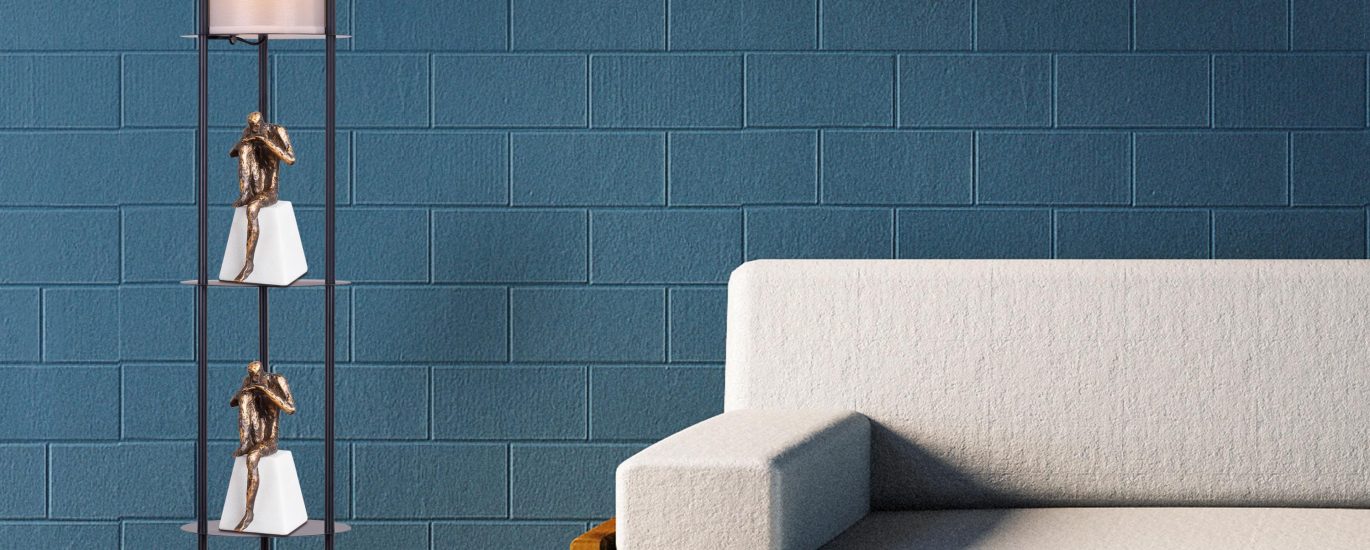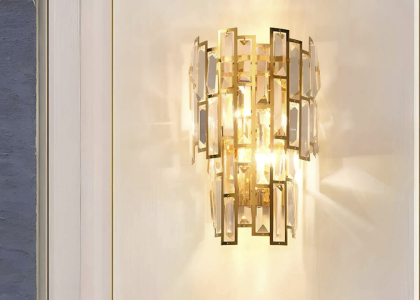The Life of Gio Ponti
Gio Ponti was an acclaimed Italian architect, artist, and designer who made a significant impact on the world of design in the 20th century. Born in 1891 in Milan, Italy, he studied architecture at the Milan Polytechnic and established his architectural studio in 1921. He was also the founder of the prestigious design magazine, Domus, which still exists today.
Throughout his career, Gio Ponti designed furniture, ceramics, glassware, textiles, and lighting. His lighting designs were particularly notable and remain popular to this day. His designs were innovative, elegant, and functional, reflecting his philosophy that design should be accessible to everyone.
The Artistry of Gio Ponti Lighting
Gio Ponti lighting designs were both aesthetic and functional. His lamps were designed to provide perfect illumination for specific spaces and create a unique ambiance. The lamps were made using various materials, ranging from brass and crystal to wood and glass.
One of Gio Ponti’s most celebrated lighting designs is the “Fato” lamp, which he designed for the Italian lighting company, Artemide, in 1950. This lamp was innovative in its design, featuring a curved metal base that was reminiscent of a violin. Ponti’s designs were known for their sleek and modern look, with smooth lines and a minimalist approach.
Another exceptional lighting design by Gio Ponti was the “Pirellone” chandelier, which he created for the Pirelli building in Milan. The chandelier was striking, featuring a large circle of gold-plated brass with smaller circles attached to it. The chandelier was designed to reflect the innovative and modern architecture of the building.
Gio Ponti’s Influence on Modern Lighting Design
Gio Ponti’s innovative lighting designs continue to influence modern lighting design. His minimalist approach and use of sleek lines have influenced many contemporary designers. Ponti’s functionalist philosophy regarding design is also an essential aspect of modern lighting design.
Contemporary lighting designers are continuing to explore ways of creating new designs through the integration of traditional and unconventional materials. The legacy of Gio Ponti inspires lighting designers to push boundaries and think creatively.






